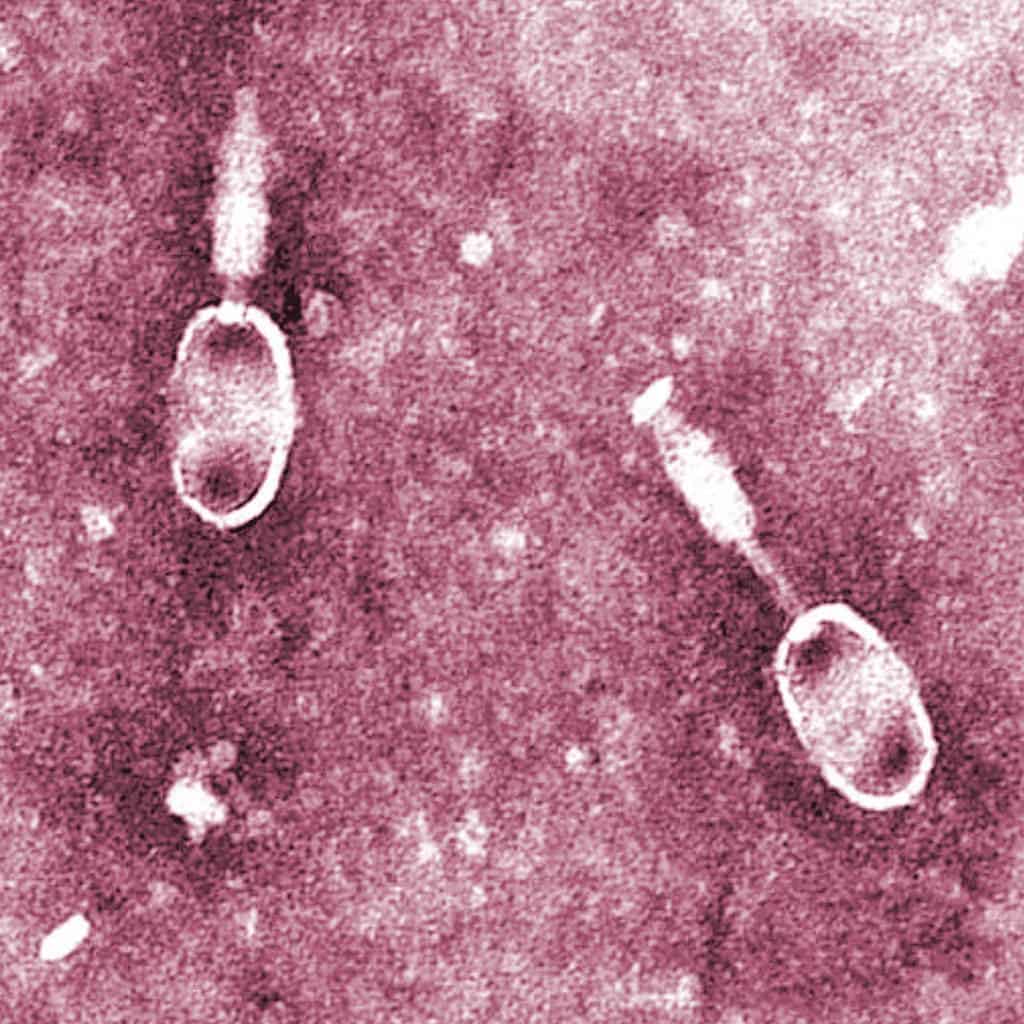In a bid to fight drug-resistant infections, one group of U.S. researchers is trying to include bacteria-munching viruses on our list of available treatments.

Image credits microbiologybytes / Flickr.
Amid the rise of drug-resistant bacteria and the string of outbreaks in recent years — most notably the Ebola virus in Africa, Zika in South America, and the Nipah virus outbreak in India — it may feel like everything microscopic is out to get us. But fret not: nature doesn’t discriminate; there’s something to infect everything under the sun.
One group of researchers from the University of California, San Diego (UCSD) plans to cash in on this by using bacteria-hunting viruses — phages — to knock out drug-resistant infections, the university reported recently.
The enemy of my enemy
The initiative stems from the efforts of UCSD researchers who 2 years ago used phages to save a colleague’s life. In 2015, UCSD psychologist Tom Patterson was hospitalized after a drug-resistant strain of the bacterium Acinetobacter baumannii invaded his pancreas during a vacation in Egypt. Antibiotic treatment failed and Patterson fell into a coma. His wife, UCSD epidemiologist Steffanie Strathdee, launched an international effort to find the right phage to cure him — and, using strains donated by biotech AmpliPhi Biosciences, Texas A&M University, and the U.S. Navy, she did.
Building on that success, the team wants to expand the use of phage therapy in the U.S. Phages are naturally-occurring strains of viruses that live in all sorts of environments and prey on bacteria. They’re really, really good at killing bacteria, much more so than any antibiotics we’ve developed. They’re also single-minded in their purpose, and phage therapy has little to no side effects. However, it’s not flawless: each phage targets only a specific strain of bacteria — so actually using them as a treatment means sifting through millions of strains to find the one that works.
Patterson received some of the phages intravenously — considered to be a risky option, as toxins produced by bacteria used to grow the phages could linger in the mixture. The team’s success in Petterson’s case helped cement their belief that phage therapy can bring an important contribution to modern medicine.
Past pushes towards phage therapy across the globe, however, have fared quite poorly, and the approach isn’t widely considered as a viable treatment path. Phages’ ability to attack a single strain at a time is what gave researchers the most trouble and, for many, signaled that it’s simply not worth pursuing. Previous phage clinical testing, such as an EU-sponsored trial known as PhagoBurn, haven’t been very successful — in part because it focused on treating burn wounds, which typically involve several strains of bacteria. Still, there were some encouraging results regarding phage therapy, mostly from centers in Georgia and Poland. In the context of rising antibiotic-resistance, a few U.S. companies and research centers have also started reconsidering phage therapy.
Since Patterson’s recovery, the UCSD team has successfully cleared infections in five more people with phage cocktails under a U.S. Food and Drug Administration (FDA) process designed for emergencies where no approved treatments are available. However, these are anecdotal evidence, and any phage therapy that has the slightest hope of getting FDA approval needs reliable evidence that it’s safe and effective. That kind of evidence can only be brought to bear following structured clinical trials.
The team hopes their new center will help provide such evidence. A first in North America, the center will initially consist of 16 UCSD researchers and physicians. It will launch with a 3-year, $1.2 million grant from UCSD. Christened the Center for Innovative Phage Applications and Therapeutics (IPATH), it won’t manufacture any phage treatments itself but will collaborate with academia and companies on clinical trials. Initially, IPATH will focus on treating patients suffering from chronic drug-resistant infections related to organ transplants, implanted devices (e.g. pacemakers or joints), and cystic fibrosis.
The trials to be carried out at IPATH will also draw wisdom from past failures with phage therapy. Most notably, it will focus on patients infected with a single (and known) bacterial strain. While it may be difficult to tease out the effects of phage therapy alone (as these patients are undergoing antibiotic treatment, and discontinuing them isn’t an option) the team expects phage therapy to eventually be used in tandem with antibiotics.
One of the main hurdles IPATH collaborators will have to overcome is that current drug approval systems just aren’t suited to accommodate phage therapy. They’re meant to estimate single compounds that can affect patients more or less equally — phage therapy, on the other hand, requires mixes of viruses that need to be tailored for each individual. One potential workaround to this issue would be to get approval for an entire library of phages from which doctors can later create custom treatments. In the meantime, the UCSD team plans to keep securing phages for individual cases under FDA’s emergency pathway, Strathdee says.

